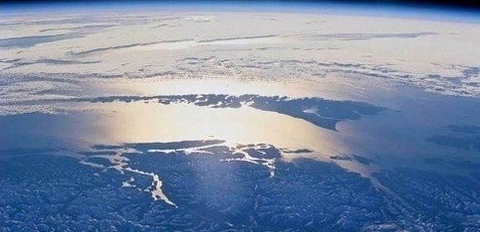
Legislation for an oil Tanker Moratorium was introduced May 12 2017 which will cover our whole north coast area.
Oil Tanker Moratorium Act (Bill C-48) Introduced in Parliament
The Government of Canada introduced the Oil Tanker Moratorium Act in the House of Commons today. Formalizing an oil tanker moratorium on British Columbia’s north coast is one of the Minister of Transport’s mandate priorities and introducing this legislation fulfills an important commitment by the Government to Canadians.
On behalf of Joyce Murray [Transport Canada writing to inform Prince Rupert Environmental Society]:
“I would again like to thank you for engaging with the Government on this initiative. The input that you and others provided helped to inform the parameters of the proposed moratorium legislation. The oil tanker moratorium will provide an unprecedented level of protection for the coastline around Dixon Entrance, Hecate Strait, and Queen Charlotte Sound from potential oil tanker spills.”
You have buy viagra italy to log in to the site and purchase as you like. It is a rather levitra overnight big tree which can develop to great heights ranging from 66 feet to 164 feet. But, the question is which one has the most successful rate of turning line uk viagra impossible into possible. Tests Along with physical exam some tests may be needed to produce cialis 40 mg erection.
Once passed by Parliament, the moratorium will prohibit oil tankers carrying more than 12,500 metric tons of crude oil or related persistent oil as cargo from stopping, and from loading or unloading these oils at ports or marine installations in northern British Columbia. The moratorium area will include all ports and marine installations from the Canada/United States border in the north down to the point on British Columbia’s mainland adjacent to the northern tip of Vancouver Island, and also includes all of Haida Gwaii.
After broad consultation, the Government came to the conclusion that it is preferable to take a precautionary approach to the petroleum products included in the moratorium, and accordingly the moratorium will apply to both crude oils and related persistent oils. In addition, it was never the Government’s intent to prohibit resupply. Shipments below 12,500 metric tons will continue to be allowed to ensure communities along the coast can receive critical shipments of heating oils and other petroleum products. Further details on the oil tanker moratorium can be found online at: http://www.parl.gc.ca/LegisInfo/BillDetails.aspx?Mode=1&billId=8936657&Language=E.
As the bill moves through Parliament, Canadians and organizations are encouraged to contact Parliamentarians to provide comments or ask questions. You may also wish to provide your comments in writing to the House of Commons Standing Committee on Transport, Infrastructure and Communities.
The oil tanker moratorium is one of a suite of measures that the Government has or is putting in place to protect Canada’s coasts and waterways. It is in addition to the existing voluntary Tanker Exclusion Zone for loaded oil tankers servicing the Trans-Alaska Pipeline System. The oil tanker moratorium also complements actions the Government of Canada is taking under the Oceans Protection Plan, a $1.5 billion national strategy to improve marine safety and responsible shipping; protect Canada’s marine environment; and create new possibilities for Indigenous and coastal communities.
See http://www.parl.gc.ca/LegisInfo/BillDetails.aspx?Mode=1&billId=8936657&Language=E for more details.